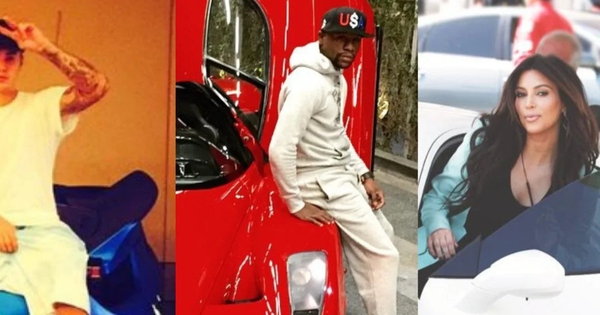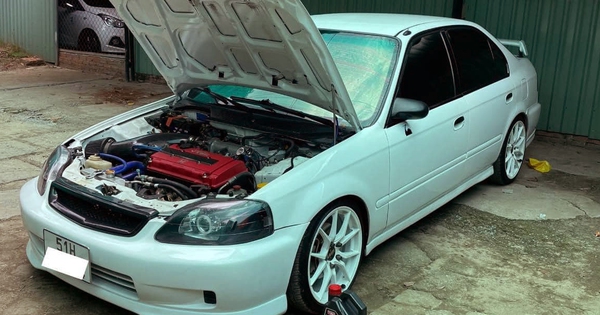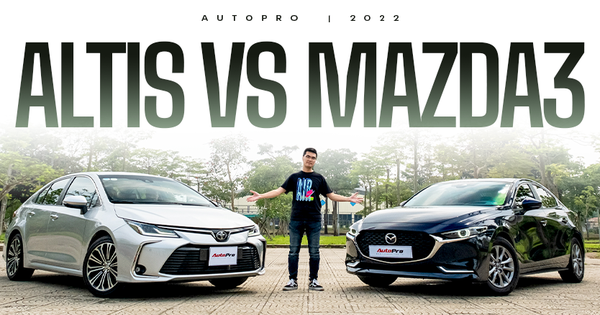Hyundai and Kia started this design and a series of international automakers made it a trend
After the fake exhaust became an inevitable part of car design a decade ago, from the turn of this decade we have seen the headlight system rise to become the most tested candidate by international car manufacturers. More specifically, most automakers have more or less converted the front light cluster interface from single to multi-cluster with clearly separate headlights and daytime running lights.
Looking back a bit at the history of front light design, we can see that there is almost no car company that does not have a unique approach of its own. From the light layout, the bulb shape, the horizontal/vertical/diagonal interface or the novel technologies (like the hidden pop-up lights decades ago)… everything has been tested.

Pop-up headlights on BMW cars.
During the first 2 decades when we entered the new millennium, car manufacturers tended to combine all the front lights (except the fog lights) into one, but since entering the 3rd decade, everything has gradually changed. In addition to the fog lights and turn signals, the daytime running lights and headlights are now more often “separate”.
Because the headlights and radiator are the majority of the new face, these two elements need a more harmonious combination. The trend of giantizing the heat sink may also indirectly force the accompanying lights to narrow the usable space and become an “additional” element in the above couple, and the two light clusters instead of one as before are effective. Significantly better cosmetic results.

The rise of SUVs may also be part of the reason why split-headlights are more common. Due to the larger nose height, there are many light clusters (and often horizontal ones) that help add to the car’s superficial appearance and are often combined with vertical side air vents to create the necessary balance.
Models that use the split-headlight interface have been around for a long time, such as Fiat Multipla (1998) or Pontiac Aztec (2000). In the last decade, we have Nissan Juke (2010) or Citroen Cactus (2014), but it was not until the launch of Hyundai Kona in 2017 that this trend really blossomed.
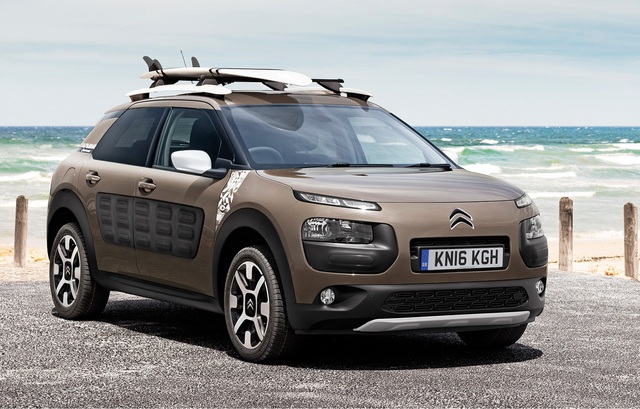
Now, a series of international car manufacturers use this design style with Hyundai group (Hyundai/Kia/Genesis) being the dominant in the popular segment – it is not surprising that they are the ones who started this trend. .
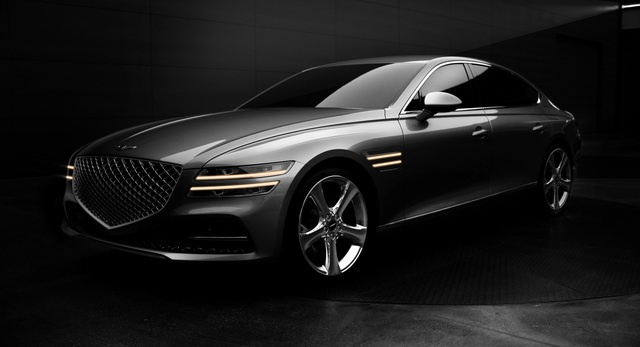
In the luxury car segment, Audi or BMW have also shown their support. Perhaps except for Mercedes-Benz who is determined not to change the style, most other names will switch to it

Reference: Carscoops
at Blogtuan.info – Source: autopro.com.vn – Read the original article here
